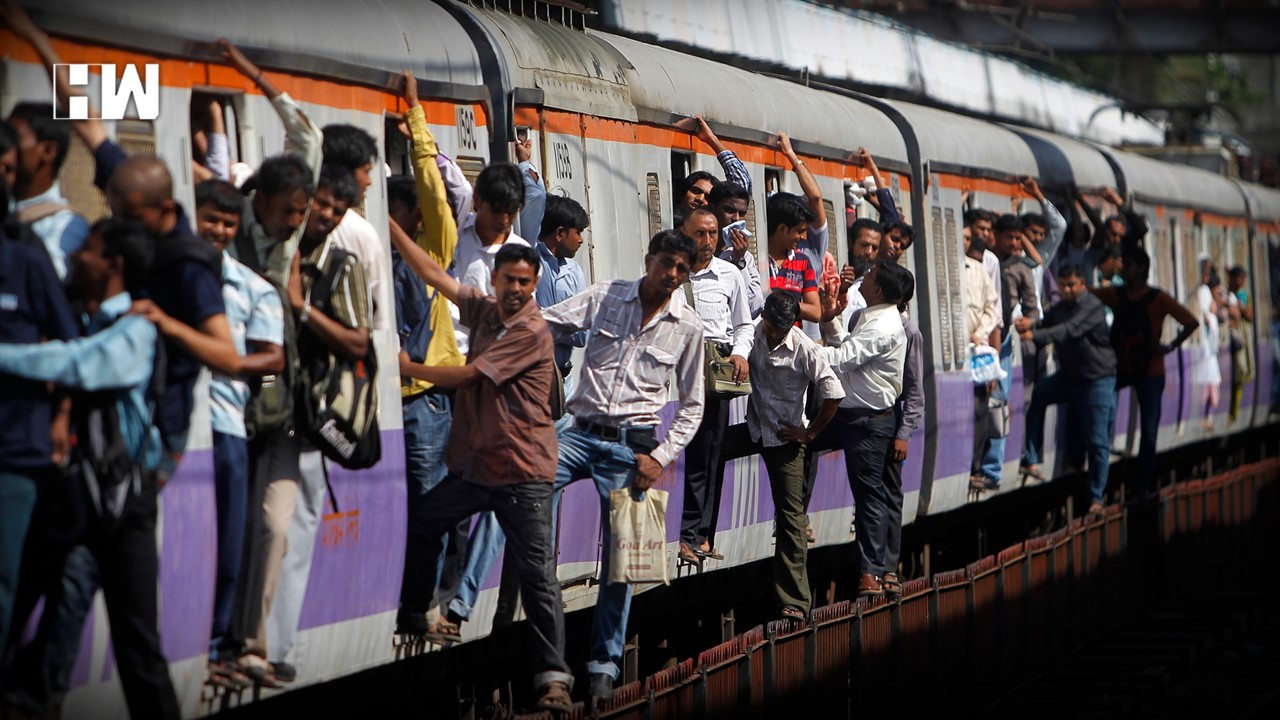- Not for nothing, Mumbai is monikered as the financial capital of India, with major revenue generated from the business and investment conducive atmosphere prevalent in the metropolis. A few decades back, every Indian wishing to find greener pastures used to flock to Bombay, as it was called back then, to make a living where opportunities were dime a dozen. Despite several other metros having succeeded in carving out a niche for themselves in terms of attracting investments from local and overseas investors, Mumbai has continued to remain the flagbearer, relentlessly surging ahead. Little wonder, Mumbai has retained its numero uno business-friendly reputation by attracting diverse investments, contributing immensely to the country’s GDP.

PC: HW News
- One of the very first cities in the country to have a robust public transport system in the form of local trains, Mumbai’s lifeline is on railway tracks, transporting millions of commuters daily. Thus, it is imperative to ensure Mumbai’s train network is always on the mend, looking at ways to improve commuters’ transportation needs. The Mumbai train network won’t improve with patchwork solutions, but it needs more trains to supplement the growing commuters. In a transport system that has claimed over 51,000 lives over 20 years, averaging seven a day, death does not shock easily. But it did recently, when four passengers died after falling off two passing trains. Details are still emerging, but it seems both trains were bursting at the seams with passengers.
PC: GetSetHome
- Of course, people familiar with Mumbai trains would not find this unusual at 9.10 am, the city’s rush hour. People were hanging out of doors with barely a toehold. Sounds all too familiar with the Indian public transport system. As the trains passed 6.5ft apart at Mumbra, the backpacks of some passengers probably collided, throwing eight onto the ballast-covered ground. Even railway officials have termed it an unheard-of incident in the history of Mumbai’s suburban system and promised change. The plan is to have automatic doors on all new non-AC coaches and retrofit old coaches with such doors. However, the prototype won’t be ready until November.
PC: LinkedIn
- After that, around 3,400 coaches will need retrofitting. Railways’ Jan 2026 timeline seems ambitious, but say they do it, that still leaves eight months. Last year, 570 passengers died after falling off Mumbai locals – at that rate, there could be 380 more such deaths. There’s a bigger issue. Over 350 passengers are packed in each coach during rush hour. What about the risks of suffocation when doors are shut? Closing coaches or reducing seats, which railways did in 2015, does not address the root of the problem, which is that Mumbai does not have enough trains and buses to move its people. Talks of pod taxis, monorail, and metro are no substitute for commuter trains and buses. The real solution is to invest more in basic urban infrastructure.







